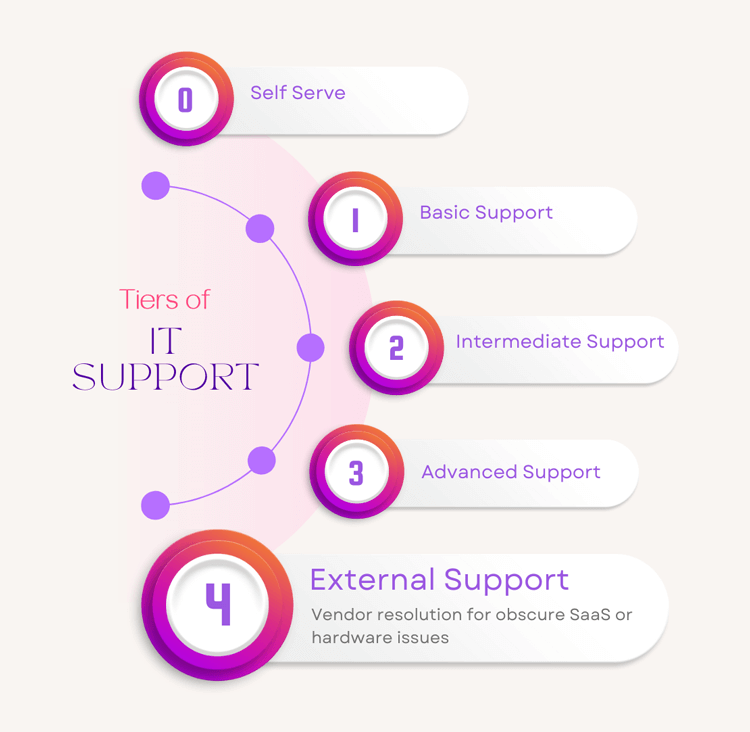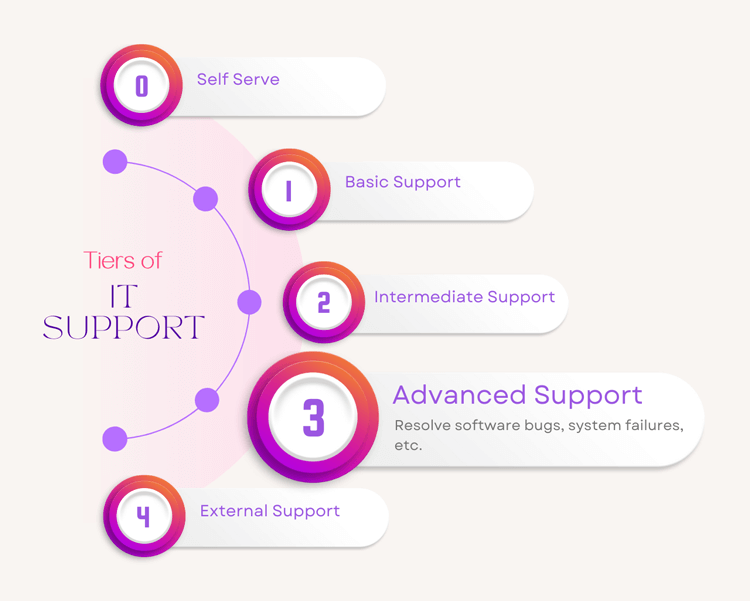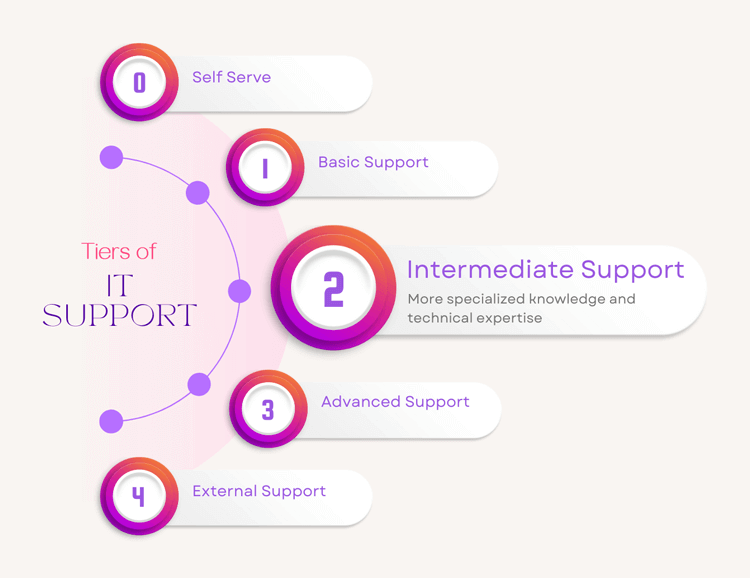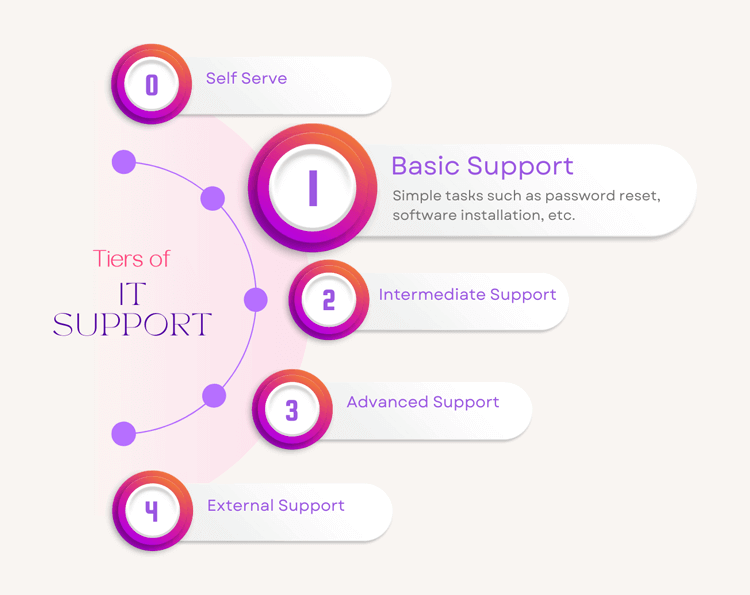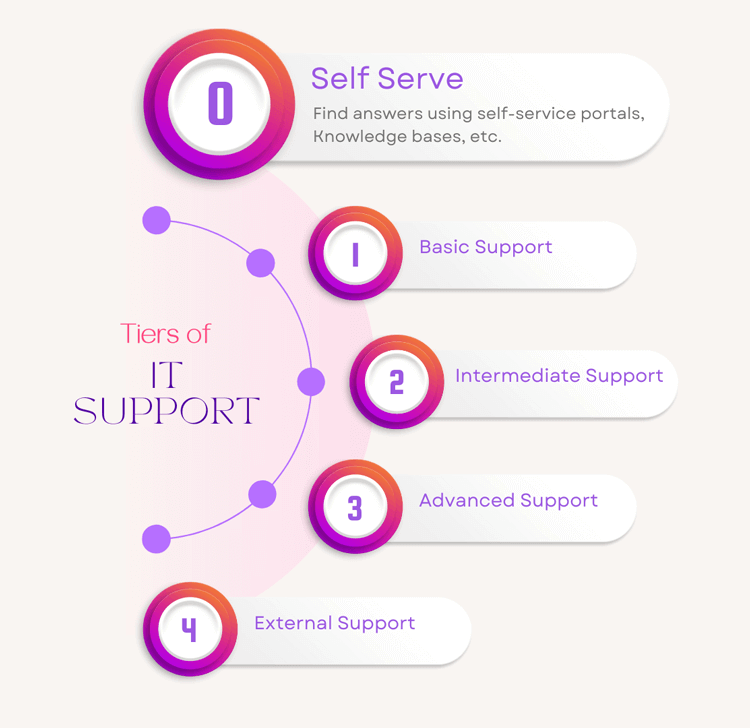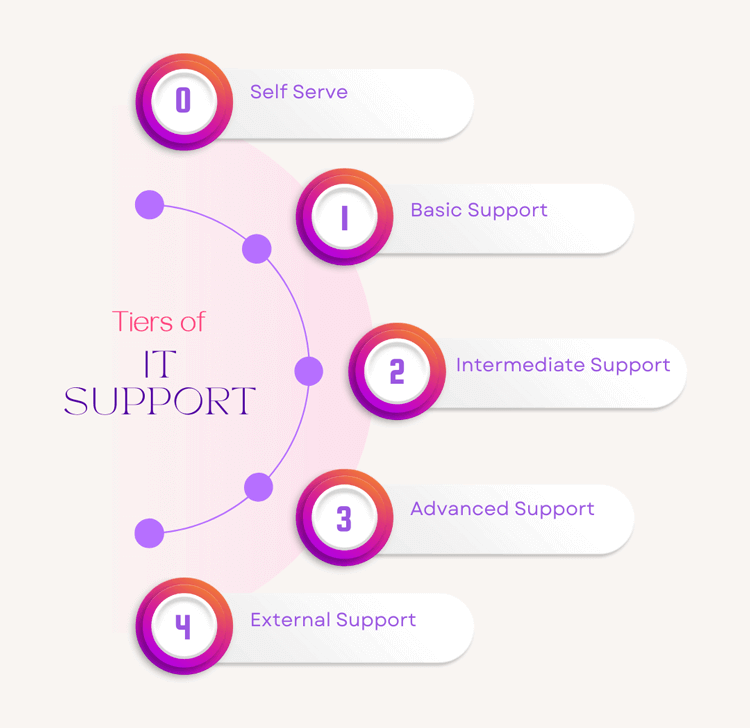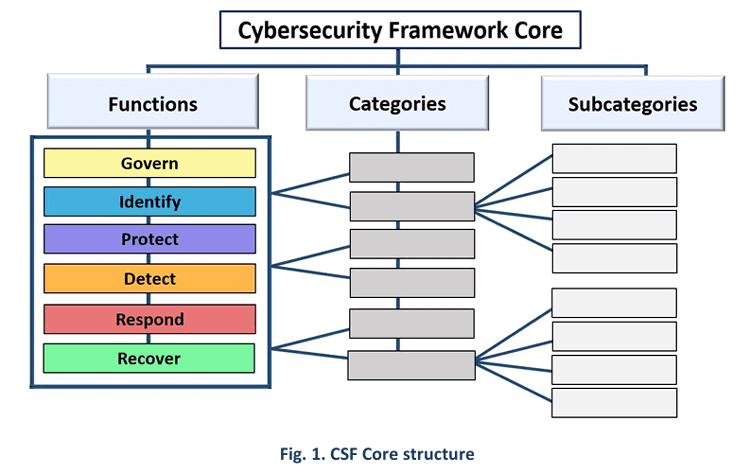IT Strategy Examples: A Comprehensive Guide with Real-Life Cases and How To's
A well-defined IT strategy is critical for business success today. Companies that align their IT strategy with their overall goals tend to outperform competitors in areas like innovation, efficiency, and customer satisfaction. According to Deloitte, organizations with higher digital maturity are three times more likely to excel in key metrics like operational efficiency and revenue growth.


